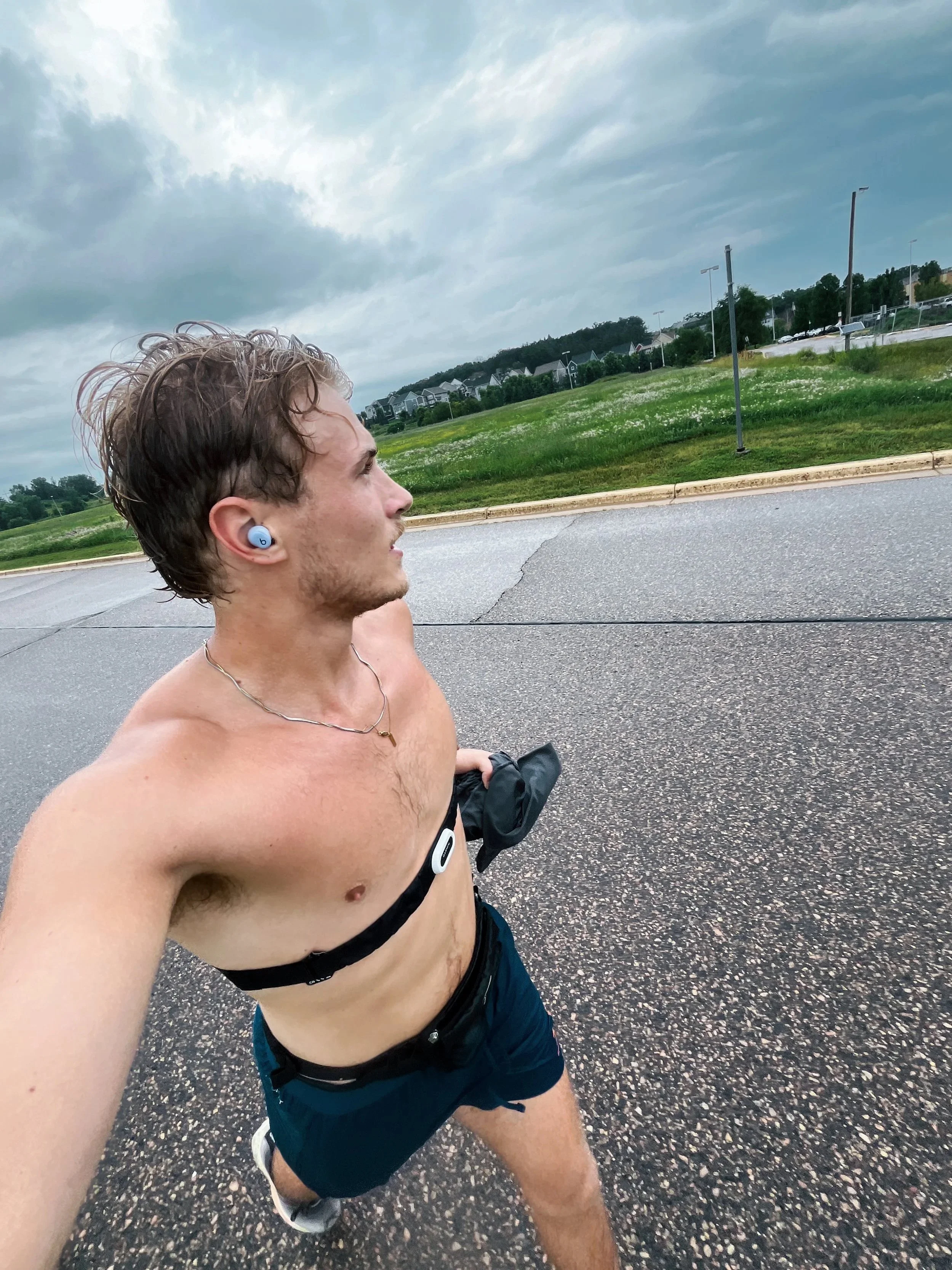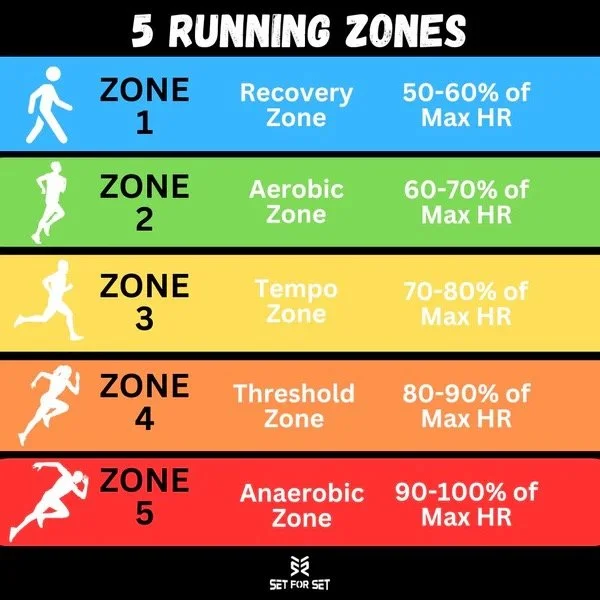Zone 2 Cardio: The Endurance Secret No One’s Talking About
Build your aerobic engine without burning out.
Intro: Not All Cardio Is Created Equal
You’ve probably heard of heart rate zones, but Zone 2 training is often overlooked—especially by people who love to push hard every workout. But if you’re training for a marathon, trying to build endurance, or just want to recover better, Zone 2 cardio might be your secret weapon.
In this post, I’ll break down:
What Zone 2 cardio actually is
Why it matters for runners and everyday athletes
How I use it personally (especially during marathon prep)
And how to find your own Zone 2 range
A recent zone 2 run featuring my garmin heart rate sensor - highly recommended.
What Is Zone 2 Cardio?
Zone 2 is a low-to-moderate intensity heart rate zone, usually about 60–70% of your max heart rate. It’s the pace where you can still talk in full sentences, breathe through your nose, and sustain effort for a long time.
This is where your body primarily uses fat as a fuel source, builds mitochondrial density, and improves aerobic efficiency without hammering your joints or nervous system.
🔬 Zone 2 = Mitochondrial Magic
Training in Zone 2:
Improves your aerobic base
Increases fat oxidation (using fat for fuel)
Boosts mitochondrial health (your energy engines)
Supports HRV and recovery
You don’t get faster by redlining every run. You get faster by building the base that allows you to handle intensity later.
How to Find Your Zone 2 Heart Rate
The most accurate way is through a lab VO2 max test, but here are some solid general guidelines:
180 minus your age (Maffetone formula) = upper Zone 2
For most, that’s 60–70% of max heart rate
Talk Test: You can speak full sentences, but you wouldn’t want to
Nasal breathing: If you can do it comfortably, you’re likely in Zone 2
📱 Tools I Use:
WHOOP (tracks strain + HR zones)
Garmin Watch
Garmin HR strap (paired with app for more accuracy)
Why I Use Zone 2 in My Own Training
As I prep for the Twin Cities Marathon, I’m using 1–2 Zone 2 sessions each week to:
Build endurance without adding fatigue
Improve recovery on the day after long runs
Maintain aerobic base while still hitting strength work
In past training cycles, I pushed hard every session and ended up overtrained or flat. This year, Zone 2 keeps me building while staying recovered.
How to Add Zone 2 to Your Week
Zone 2 is best done as:
Long runs or rides (45–90+ min)
Post-lift active recovery (20–30 min)
Dedicated aerobic base builders (2–3x/week in early training blocks)
Start with:
2 sessions/week at 30–60 minutes
Add as recovery on days you’d otherwise rest passively
Use nasal breathing or a heart rate monitor to stay in the right range
Final Thoughts: Slowing Down to Speed Up
Zone 2 isn’t flashy. But it’s one of the most efficient ways to build endurance, recover faster, and train smarter—without digging yourself into a fatigue hole.
If you’re serious about long-term performance, don’t skip your base work.
🧠 Want to Build Your Own Smart Cardio Plan?
At Optimum Health, we help clients integrate data-backed training (like HR zones, HRV tracking, and strength work) into custom plans. Whether you’re chasing a PR or just want to feel better, we’ve got a plan for it.
📍 Book a Performance Consult


